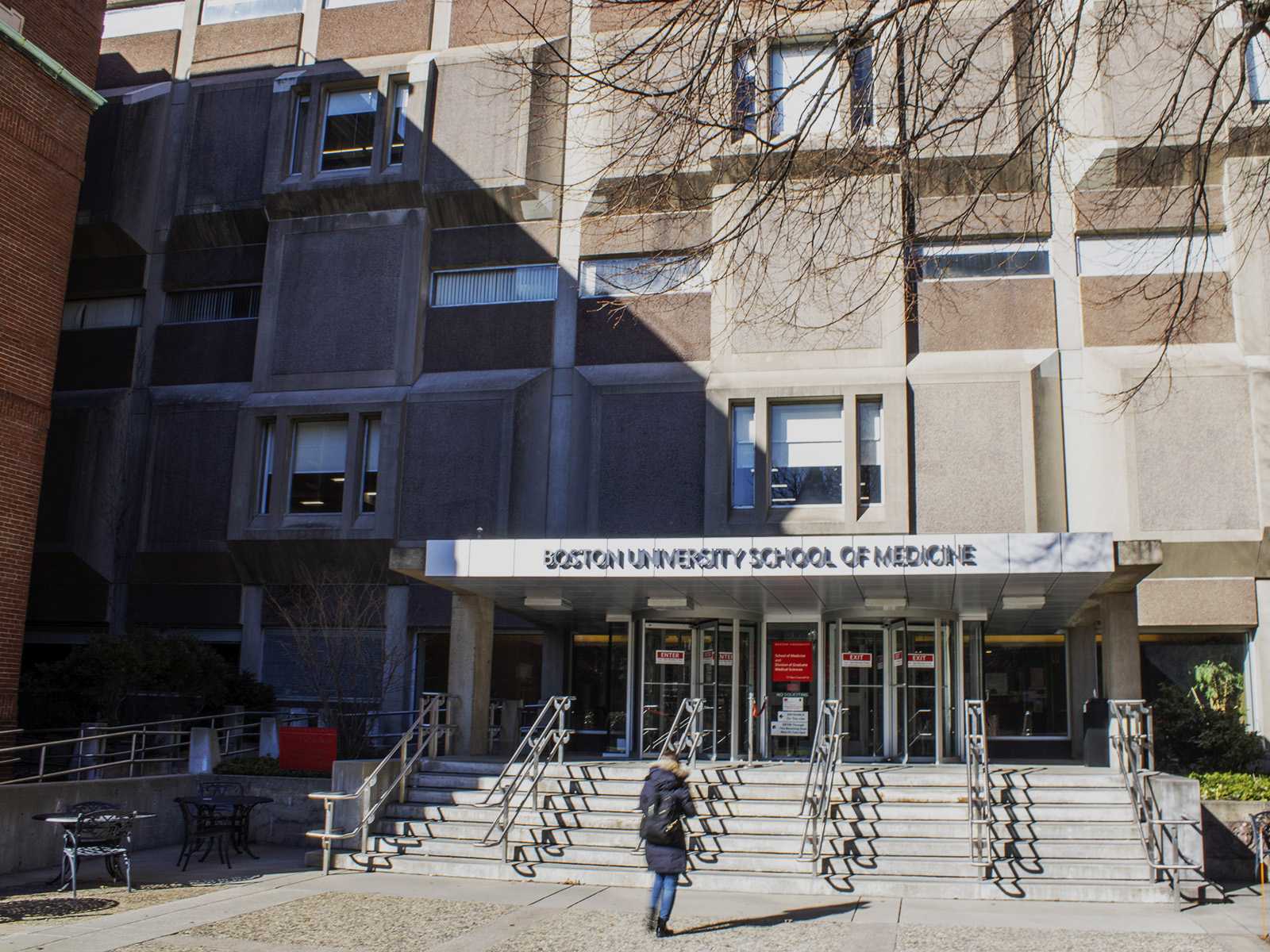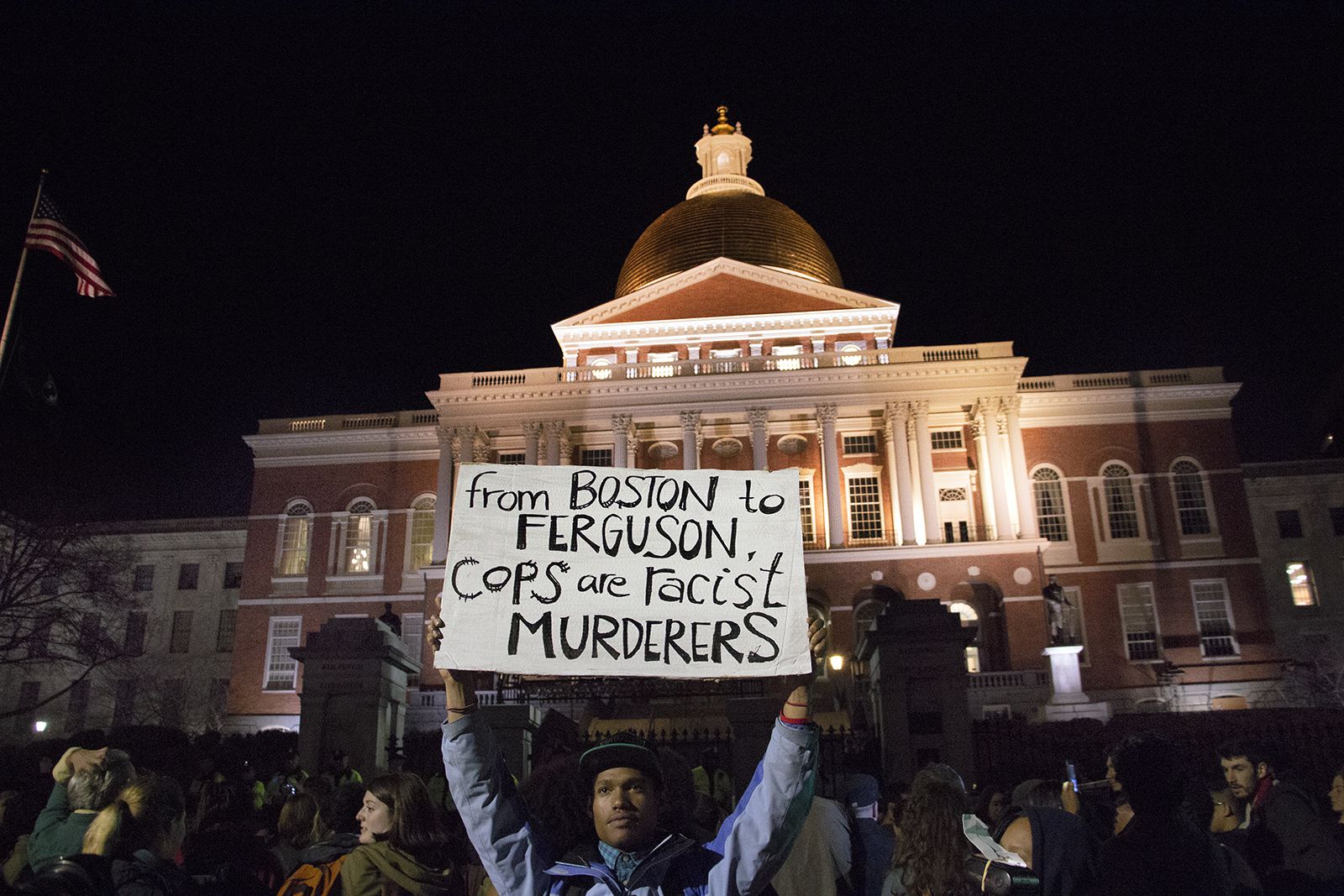The Federal Reserve Board announced a plan on Wednesday that would provide a $600 billion stimulus to the U.S. economy by purchasing long-term treasury bonds.
Because inflation is too low and unemployment too high, the plan, known as quantitative easing, is a step “to promote a stronger pace of economic recovery and to help ensure that inflation, over time, is at levels consistent with its mandate,” the Fed said in a statement.
It also plans to continue a program that uses profits from other investments to buy additional bonds. Both this and the new stimulus would result in up to $900 billion in total new Treasury debt.
The news, which had been long expected, seemed to prompt a two-year high for the Dow Jones Industrial Average and Nasdaq.
This is the second round of quantitative easing undertaken in response to the 2007 recession, after a $1.8 trillion bond buy in late 2008 and early 2009.
Many observers in the media suggested the action may have been influenced by the Republican takeover in the House of Representatives, which effectively takes any large-scale federal spending stimulus off the table for the forseeable future.
Furthermore, with the federal interest rate close to zero, quantitative easing may be the last resort of the government to spur additional spending and increase employment.
Though most in the Fed support the new policy, Thomas Hoenig, a Federal Reserve Bank president, voted against the stimulus.
Hoenig worried that the bond purchases could result in skewed inflation expectations “that could destabilize the economy,” the statement said.





















































































































